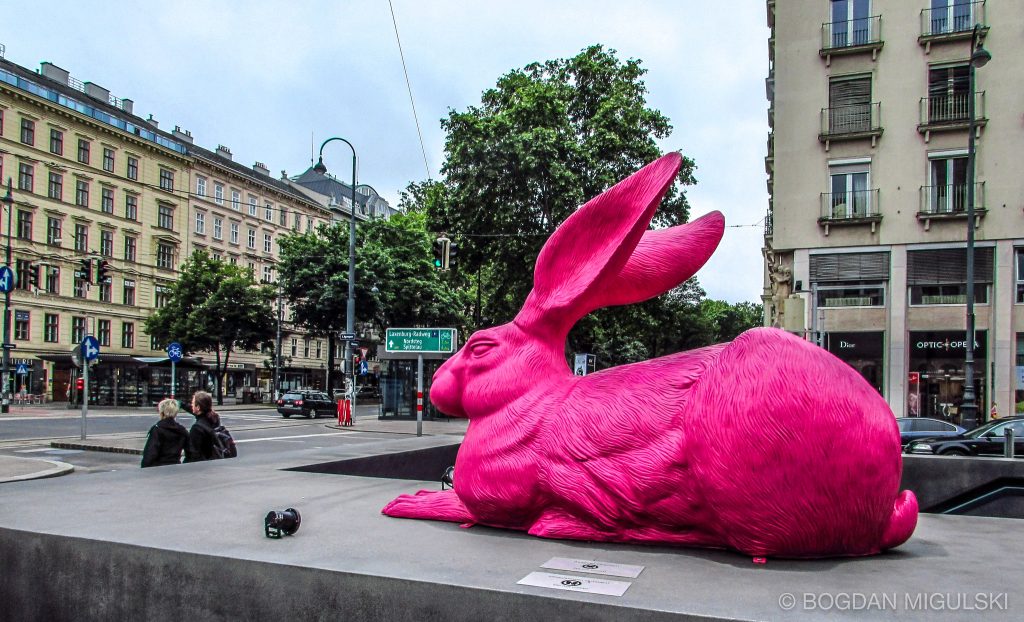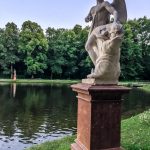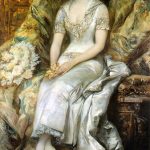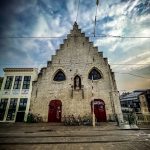
The opera house was the first major building on the Vienna Ringstrasse commissioned by the Viennese “city expansion fund”. Work commenced on the house in 1861 and was completed in 1869, following plans drawn up by architects August Sicard von Sicardsburg and Eduard van der Nüll. It was built in the Neo-Renaissance style by the renowned Czech architect and contractor Josef Hlávka.
The Ministry of the Interior had commissioned a number of reports into the availability of certain building materials, with the result that stones long not seen in Vienna were used, such as Wöllersdorfer Stein, for plinths and free-standing, simply-divided buttresses, the famously hard stone from Kaisersteinbruch, whose colour was more appropriate than that of Kelheimerstein, for more lushly decorated parts.
A Variety of Stones
The somewhat coarser-grained Kelheimerstein (also known as Solnhof Plattenstein) was intended as the main stone to be used in the building of the opera house, but the necessary quantity was not deliverable. Breitenbrunner stone was suggested as a substitute for the Kelheimer stone, and stone from Jois was used as a cheaper alternative to the Kaiserstein. The staircases were constructed from polished Kaiserstein, while most of the rest of the interior was decorated with varieties of marble.
The decision was made to use dimension stone for the exterior of the building. Due to the monumental demand for stone, stone from Sóskút, widely used in Budapest, was also used. Three Viennese masonry companies were employed to supply enough masonry labour: Eduard Hauser (still in existence today), Anton Wasserburger and Moritz Pranter. The foundation stone was laid on 20 May 1863. Source: Wikipedia.




